- Minimally invasive surgery (either laparoscopic or robotic assisted) is the preferred surgical approach for most patients with endometrial cancer.
- Sentinel node biopsy may replace lymphadenectomy as the preferred method of lymph node assessment during surgery.
- Vaginal brachytherapy is preferred over pelvic radiation for most patients with early endometrial cancer for whom adjuvant treatment is indicated.
- Fertility-sparing treatment with progestin is an appropriate alternative to hysterectomy for selected patients with endometrial cancer desiring future childbearing.
- Routine screening of endometrial cancer specimens for expression of mismatch repair proteins is effective in identifying patients with Lynch syndrome.
Latest Updates
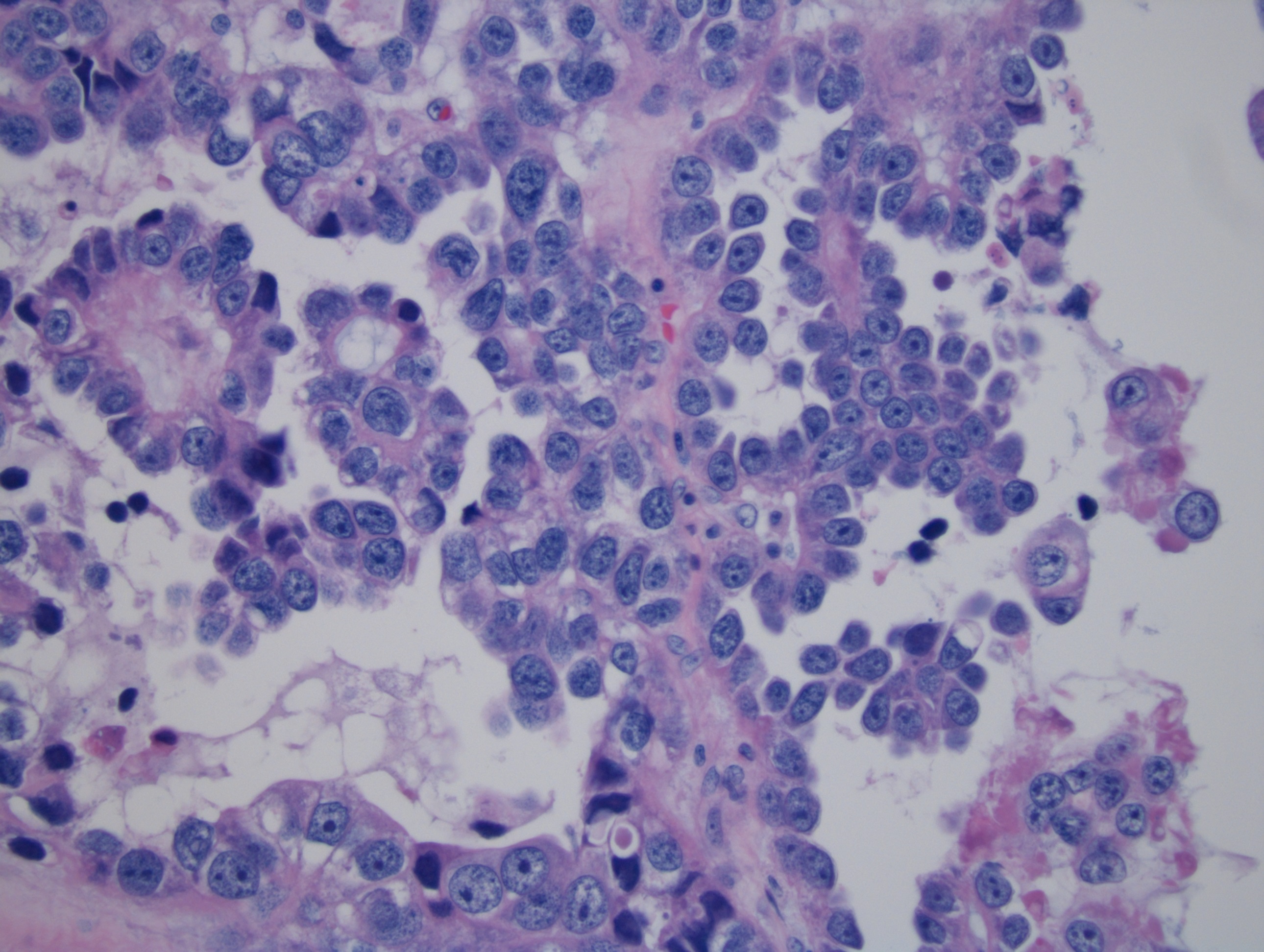
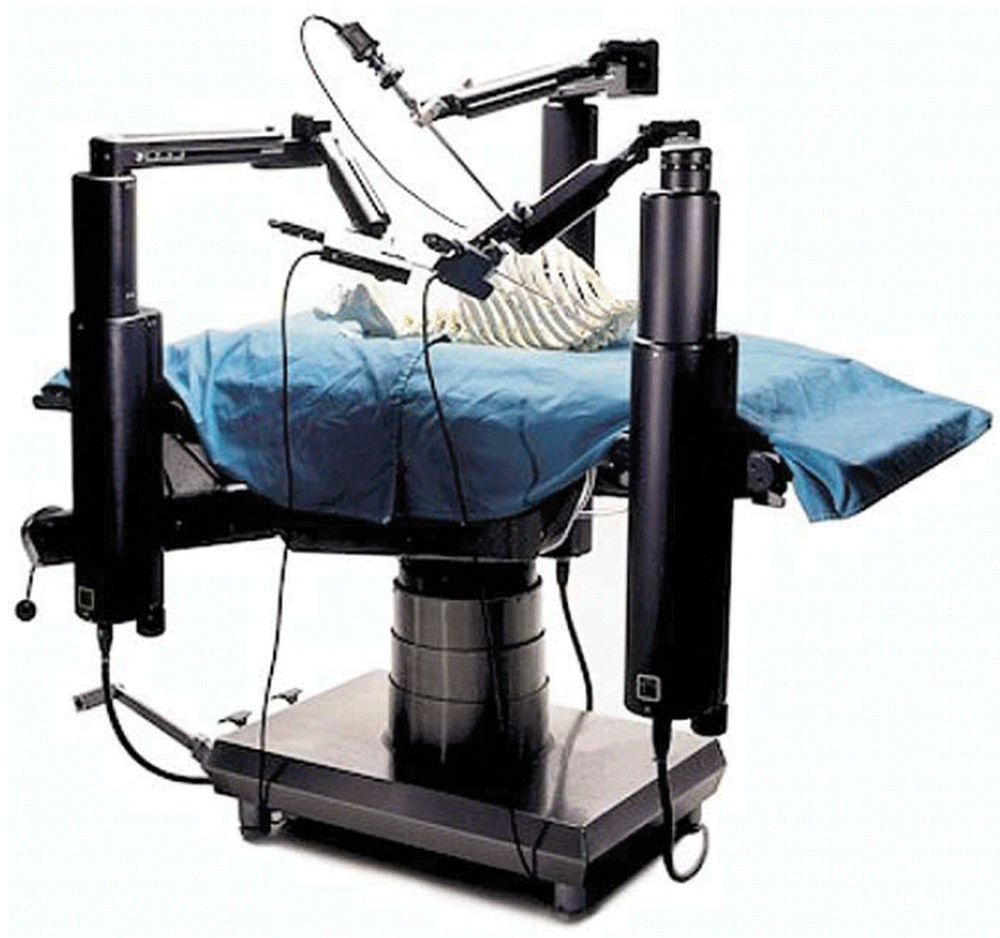
- Robotic retromuscular incisional hernia repair has demonstrated a shorter length of stay compared to open retromuscular repair
- Robotic intraperitoneal mesh placement is associated with a shorter length of stay compared to standard laparoscopic intraperitoneal mesh placement
- Robotic-assisted pancreatectomy demonstrates superior results to open midline pancreatectomy
- Robotic single-site cholecystectomy is associated with improved cosmesis compared to standard port laparoscopic cholecystectomy

- Robotic retromuscular incisional hernia repair has demonstrated a shorter length of stay compared to open retromuscular repair
- Robotic intraperitoneal mesh placement is associated with a shorter length of stay compared to standard laparoscopic intraperitoneal mesh placement
- Robotic-assisted pancreatectomy demonstrates superior results to open midline pancreatectomy
- Robotic single-site cholecystectomy is associated with improved cosmesis compared to standard port laparoscopic cholecystectomy

Prevention and Management of Obstetric Perineal Lacerations
- Practice Bulletin 165: August, 2016 – prevention and management of obstetric lacerations at vaginal delivery. This bulletin provides evidence-based guidelines for prevention, identification, and management of obstetric lacerations.
- The rise and fall of episiotomy: The routine practice of episiotomy is an independent risk factor for third- and fourth-degree lacerations.
- ReVITALize: changing the classification of lacerations. Third-degree lacerations are divided into three categories to characterize degree of insult
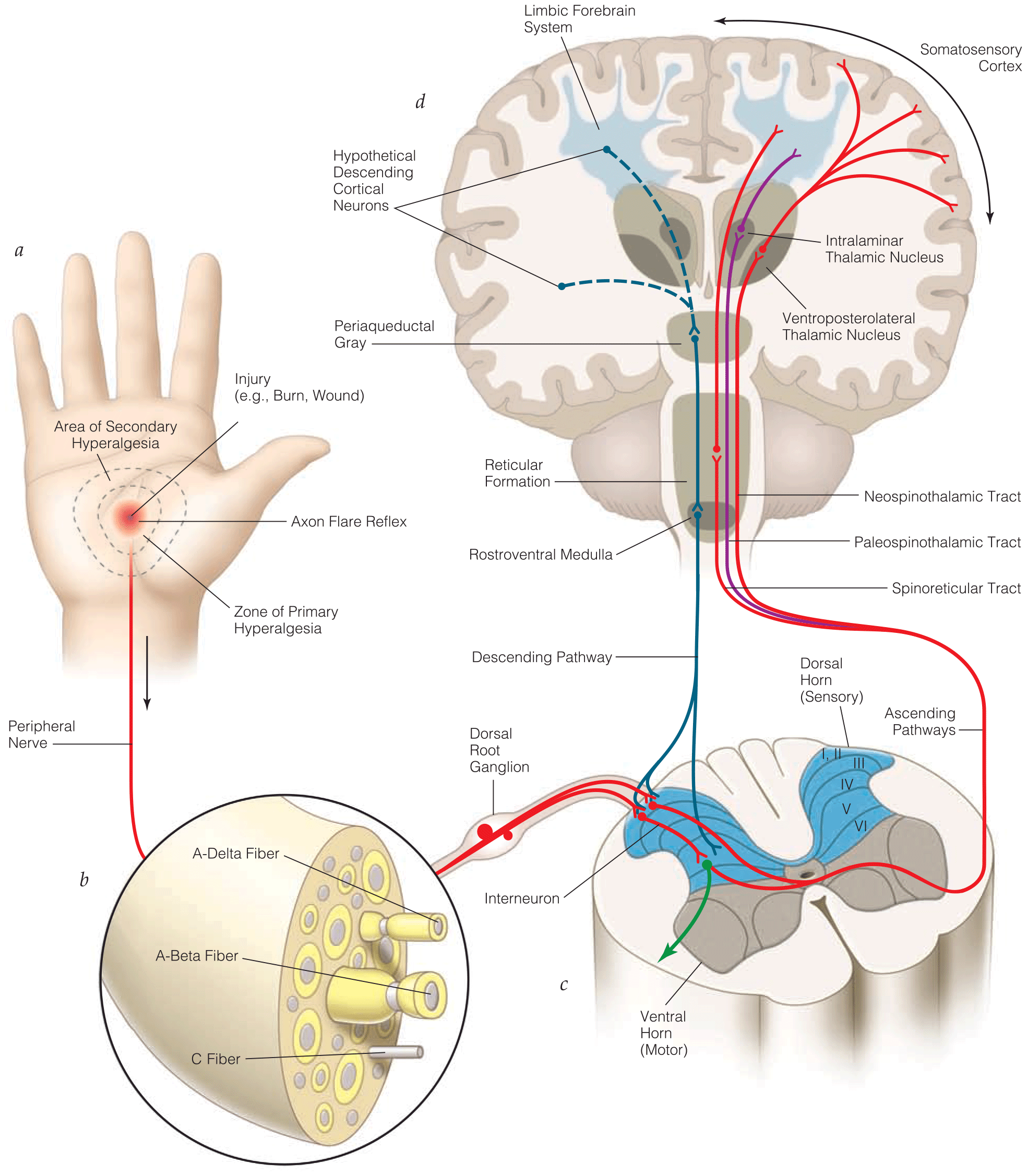
Pain Syndromes Other Than Headache
- Treatment of complex regional pain syndrome begins with the principle that the patient must use the involved extremity no matter how much it hurts. Psychological support is often very important to encourage participation, motivate, and maintain compliance in these difficult treatment regimens. Pain is treated with neuropathic medications, nerve blocks, and other interventional therapies. Controlling the pain is vital for participation in rehabilitative therapies because if an extremity is not used, function will decrease, potentially leading to joint ankylosis and even irreversible atrophy. Using the extremity is important for desensitization and reeducating centrally mediated pain.
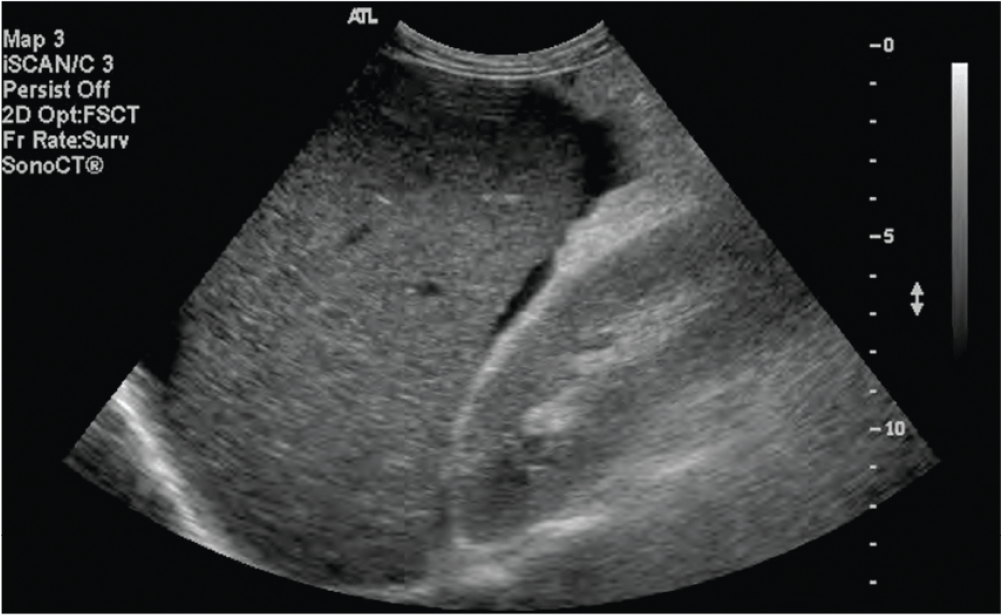
Trauma to the Abdomen and Pelvis
- Recent data on selective non-operative management of stable patients with penetrating abdominal trauma has shown promising outcomes.
- Resuscitative Endovascular Balloon Occlusion of the Aorta (REBOA) is being used in select trauma centers as an alternative to thoracotomy (with aortic cross clamp) for proximal aortic control in patients with hemorrhagic intraabdominal injuries.
- Hemodynamically tenuous patients with blunt abdominal trauma are resuscitated aggressively while being worked up by a Focused Assessment with Sonography for Trauma (FAST) exam.
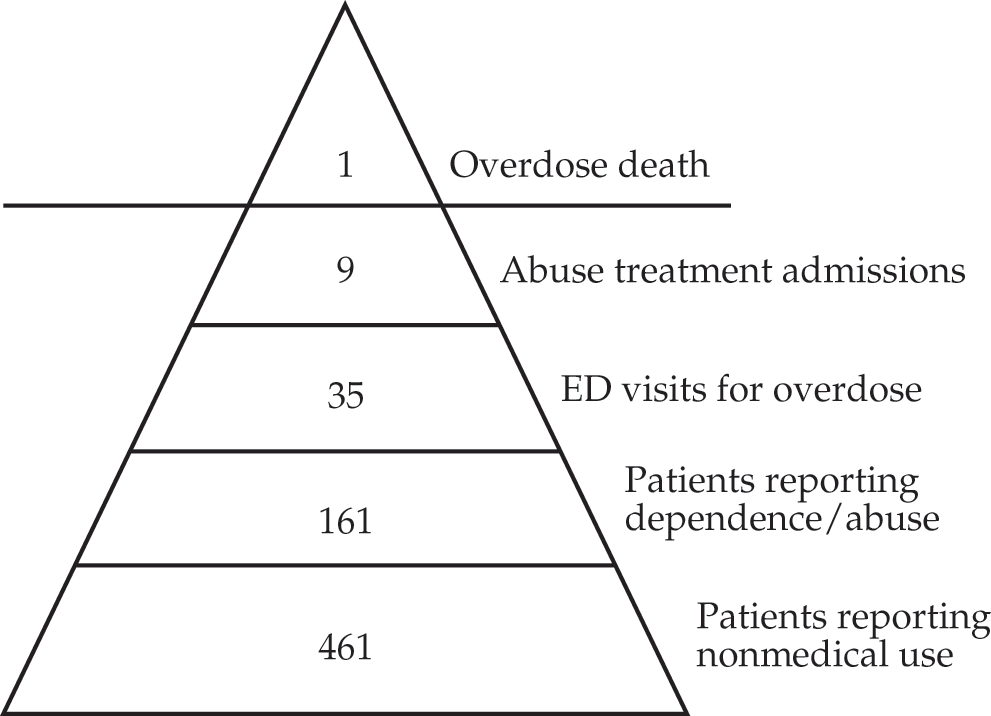
Physicians' Role in Curbing the Worst Drug Crisis in America: Prescription Opioid Abuse
- Use of screening tools to stratify patients into different risk categories of opioid misuse to accomplish appropriate opioid prescribing
- Emphasis on monitoring techniques to assess compliance of patients on opioids
- Importance of opioid dose limitations in curbing opioid abuse
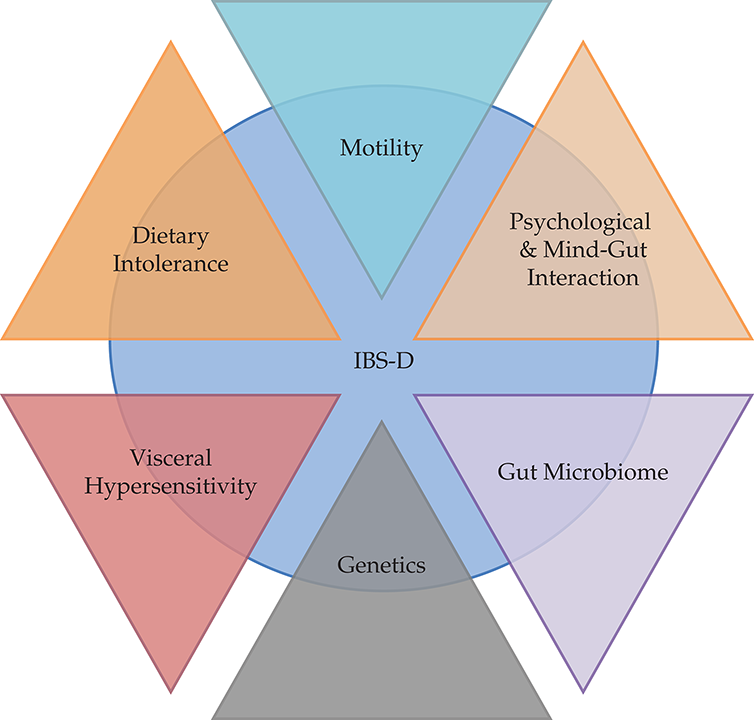


.png)







